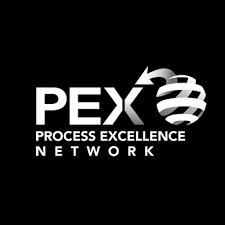Resources
End-of-Year Product Report 2025
OEMs possess vast amounts of valuable data related to their machines, yet this information is often siloed, leading to inefficiencies, lost revenue, and diminished customer satisfaction. Dealers, who are on the frontline of customer interactions, struggle with limited access to essential resources, resulting in longer service times and missed opportunities for predictive maintenance.include Fendt, Massey Ferguson, Valtra, Challenger, and many more.

Latest articles
Thank you! Your submission has been received!
Oops! Something went wrong while submitting the form.
Featured stories
ClearOps in the media - Explore our featured stories.
case studies
Global businesses that reached aftermarket excellence
Read about our success stories and find out how global businesses have reached aftermarket excelence with ClearOps.





.jpg)





.png)
.png)





.avif)







